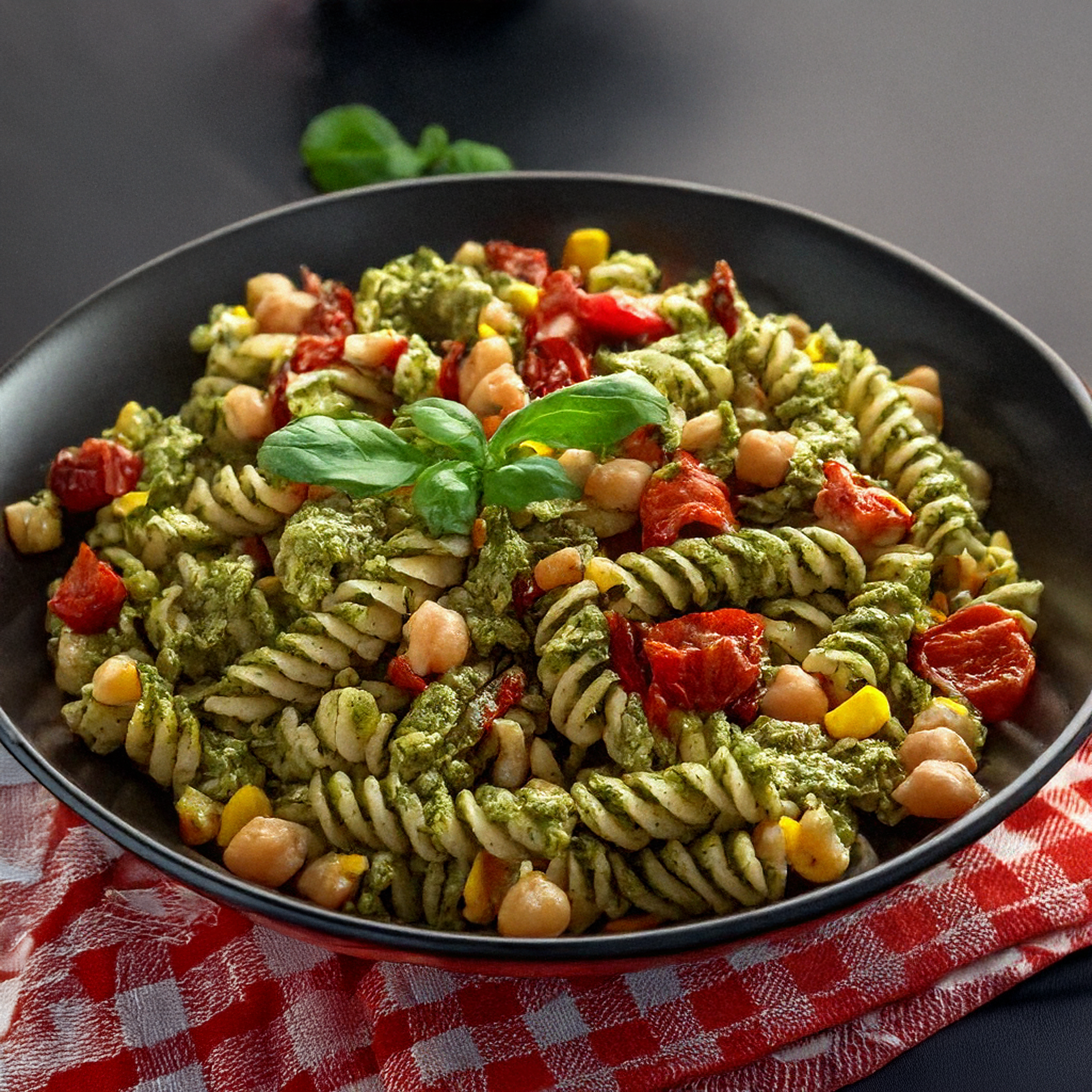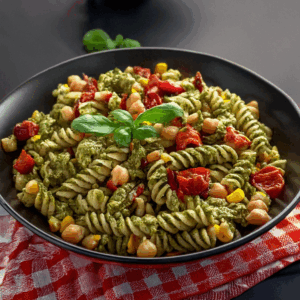
Healthy Eating on a Budget
Healthy Eating on a Budget
According to the World Health Organization (WHO), unhealthy diets are one of the top causes of chronic diseases like heart disease, diabetes, and obesity. Eating well can help prevent up to 80% of early heart disease and strokes. Healthy eating, along with staying active, helps your whole body stay strong.
Food prices are rising—U.S. data shows food costs went up 3.1% this year through September, and about 30% since 2020. There may also be changes coming to SNAP benefits. That’s why knowing how to eat healthy on a budget is more important than ever.
Healthy eating can help you:
- Boost your immune system
- Increase your energy
- Lower your risk of diseases like cancer, diabetes, and heart disease
- Improve your sleep
- Lift your mood
- Help with weight control
- Support your memory
Tips for Menu Planning
Try to make a weekly menu. Planning your meals ahead saves time and helps you avoid last-minute stress. Before you shop, check what you already have at home. Plan meals around those ingredients so you don’t waste food or buy things you don’t need.
Shop smart by using a grocery list. It helps you avoid impulse buys and makes sure you get everything on your plan. Try not to shop when you’re hungry—hunger can make you grab extra snacks or foods you don’t need.
Look for store brands, generic items, and sales. Check store flyers, apps, and coupons. Dollar stores can be great for basics like dried beans, lentils, nuts and seeds, spices, pasta, rice, canned vegetables, frozen fruits and veggies, and affordable proteins like nut butters or canned chicken or fish.
Some stores mark down foods close to the “use-by” date, which can save you money. Discounted meats are sometimes easiest to find early on Monday mornings. When possible, buy foods in their simplest form—like dried beans instead of canned or whole vegetables instead of pre-cut ones. Choose seasonal produce for better prices and flavor. Produce sold in larger bags often costs less per pound, and you can split it with a friend or neighbor if it’s too much.
Prepare ingredients ahead of time when you can. Pre-chopping veggies or pre-cooking grains makes cooking easier later in the week. Try batch-cooking meals like soups, stews, casseroles, and pasta dishes so you have leftovers to freeze. Be creative with leftovers—use roasted chicken in quesadillas or chicken salad, or add leftover salmon to a salad or pasta dish. And try to cook at home as much as possible to save money.
A Well-Stocked Pantry
- Canned meats like salmon, fish, and chicken
- Beans and legumes like black beans, garbanzos, kidney beans, white beans, lentils
- Pastas, quinoa, farro, brown rice (whole grain when possible)
- Whole-grain cereals, oatmeal, steel-cut oats, whole-grain bread
- Canned tomatoes and other vegetables (low-sodium when possible)
- Dried fruit and nuts like almonds, walnuts, peanuts, plus seeds like sunflower and pumpkin
- Spices: pepper, cinnamon, Italian seasoning, garlic powder, cumin, Mrs. Dash, other no-salt blends
- Flavored vinegars like balsamic, sherry, and red wine
- Oils like olive, avocado, canola, and sesame
- Nut butters: peanut, almond, sunflower
Basics for Your Fridge and Freezer
- Milk of your choice—cow’s milk or plant-based like almond, soy, or oat (unsweetened preferred)
- Fresh produce with long shelf life: apples, pears, citrus fruit, potatoes, onions, garlic, winter squash, cabbage, beets, carrots
- Eggs
- Yogurt—Greek yogurt for more protein (unsweetened preferred)
- Cheese—feta, parmesan, grated cheddar
- Mustard—Dijon works great for dressings
- Frozen fruits and vegetables—easy to store and add to recipes anytime
Try this tasty pasta recipe using ingredients from a dollar store.
Pesto Pasta on a Budget
Adapted from NutritionbyKylie.com
Ingredients
- 12 oz dry rotini pasta (3/4 of a 16 oz box)
- 1 (15 oz) can chickpeas, drained and rinsed
- 1/2 (15 oz) can corn, rinsed and drained (~1/2 cup)
- 1 (12 oz) jar roasted bell peppers, drained and sliced
- 1/3 cup pesto (store-bought or homemade)
- 1/4 cup grated parmesan cheese (optional)
- 1 tablespoon olive oil
- 1 teaspoon minced
(or pressed) garlic - Salt and black pepper, to taste
Instructions
1. Cook the pasta
- Bring a large pot of salted water to a boil.
- Add the rotini and cook according to package directions.
- Drain, reserving 1/4 cup of pasta water. Set pasta aside.
2. Sauté the veggies
- In a large pan over medium heat, add olive oil and minced garlic. Cook for about 30 seconds until fragrant.
- Add the chickpeas, corn, and roasted peppers. Sauté for 3–5 minutes until everything is heated through.
3. Toss it together
- Add the cooked pasta and pesto to the pan. Toss until everything is well coated, adding a splash of reserved pasta water if needed to thin out the sauce.
- Season with salt and black pepper to taste.
- Divide into bowls and sprinkle with grated parmesan cheese, if desired.
Notes:
- Some dollar stores have roasted red peppers that have a clove of garlic in the jar. That clove can be minced for use in this recipe so you can skip buying the garlic
- Other canned or frozen vegetables can be substituted for corn.




